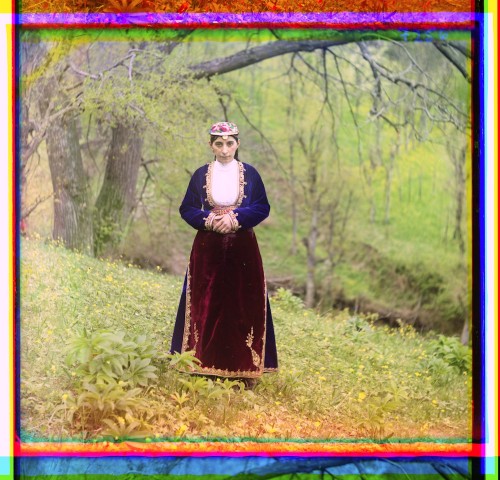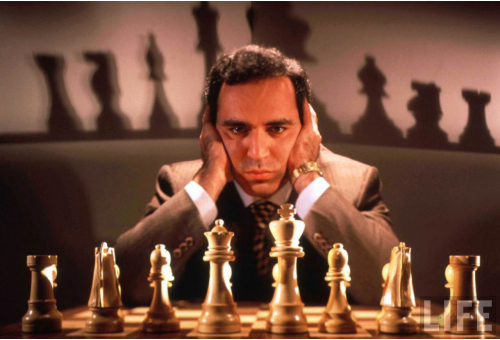This is my book from Armenia for the Read The World challenge. Oshagan was born in 1883 in what is now Turkey — then the Ottoman Empire — and this novel is set in the Armenian community in Turkey before the genocide. ‘The Way of the Womb’ is actually just the first volume of a three volume novel; the third, unfinished volume tells the story of the genocide itself.

The Way of the Womb works well enough as a stand-alone novel, but obviously it would be a very different experience to read the whole work. Even without any explicit references to the approaching horrors, the context is unavoidable. It creates both dark foreshadowing and an elegiac note for a lost world. Not that Oshagan presents the lost Turkish-Armenian life as a golden idyll — his characters are feuding and manipulative — but there’s a certain amount of stuff about straight-limbed, strong Armenian youths living simple, honest lives among the olive groves, contrasting with an (understandably bitter) representation of weaker, more degenerate Turks.
This volume tells the story of a woman who, desperate to produce a grandson to continue the family name, is scheming to persuade her daughter-in-law to sleep with the hired help. That is used as a framing device to look back at the history of her family, the Nalbandians; once wealthy and powerful, built up by one man, Hajji* Artin, and in terminal decline in the generations after his death.
I would like to be more enthusiastic about this book. The story itself, the characters, and the setting, are striking and interesting. But reading it was really hard work. The prose is quite dense and difficult anyway; I often found myself having to reread sentences several times. But it is made much harder by a lack of white space. The framing story has some pretty long paragraphs, but at least it’s frequently broken up by dialogue. The flashback to tell the story of the Nalbandians is 60 pages without a single paragraph break. 60 pages! I assume that’s a reflection of the original Armenian, but it was a real struggle to get through it.
It’s a pity. I can see why this is an important book for Armenians, and there really were things I liked about it; but it was just too much of a chore. It’s possible that’s the fault of the translation, rather than the original text… but either way, I won’t be picking up the next two volumes, if they get translated. For once I can see the appeal of a Reader’s Digest Condensed version, just for sake of the story, if anyone feels like producing one.
* ‘Hajji’ is obviously a term they picked up from their muslim neighbours, but in their case it was apparently used to refer to someone who had made the pilgrimage to Jerusalem.
» The photo is of the Armenian Cathedral of the Holy Cross on Akdamar Island, Turkey. It was abandoned at the time of the genocide; it was restored and reopened as a museum in 2007. The photo is © Adam Jones and used under a CC by-sa licence.



